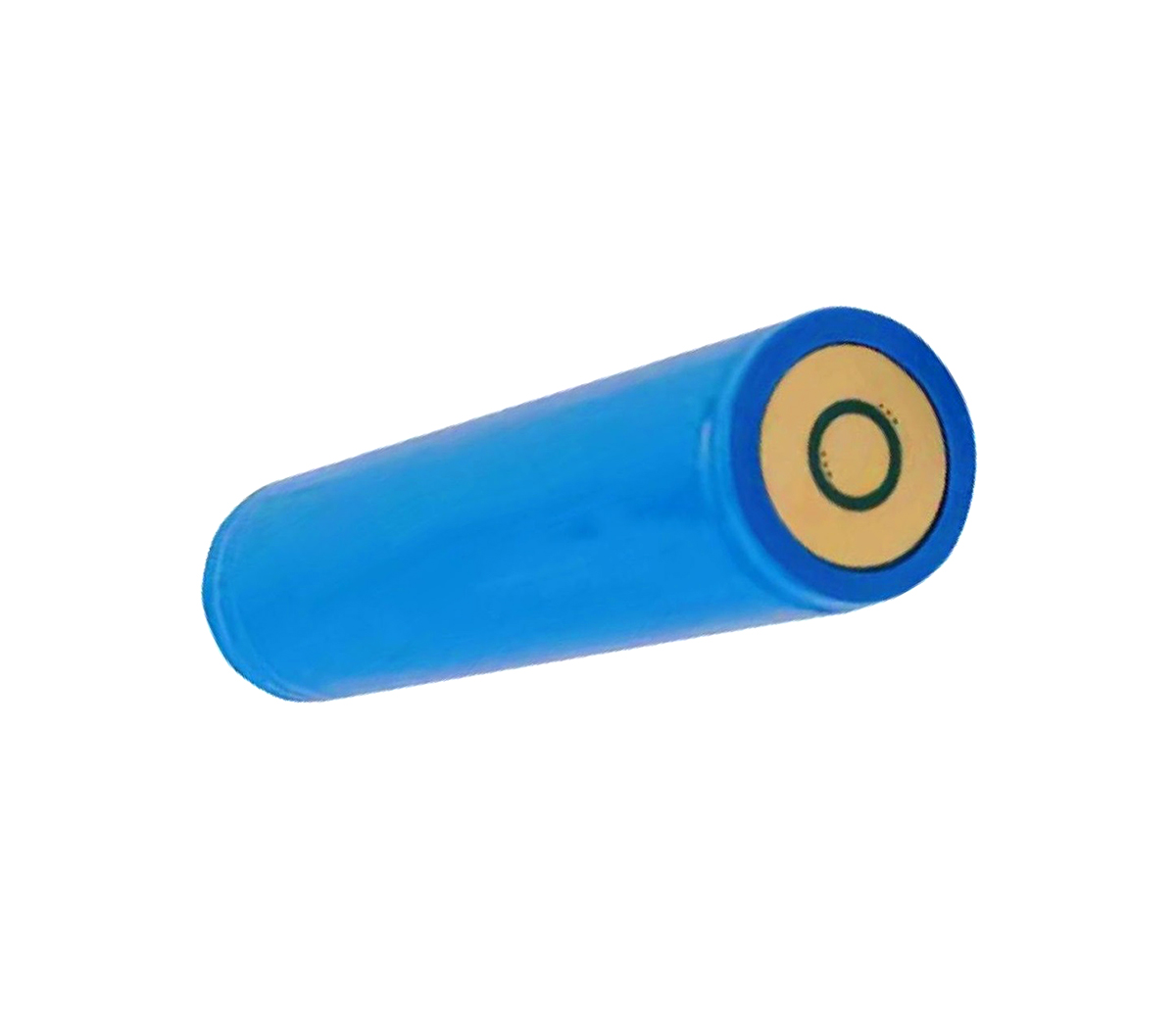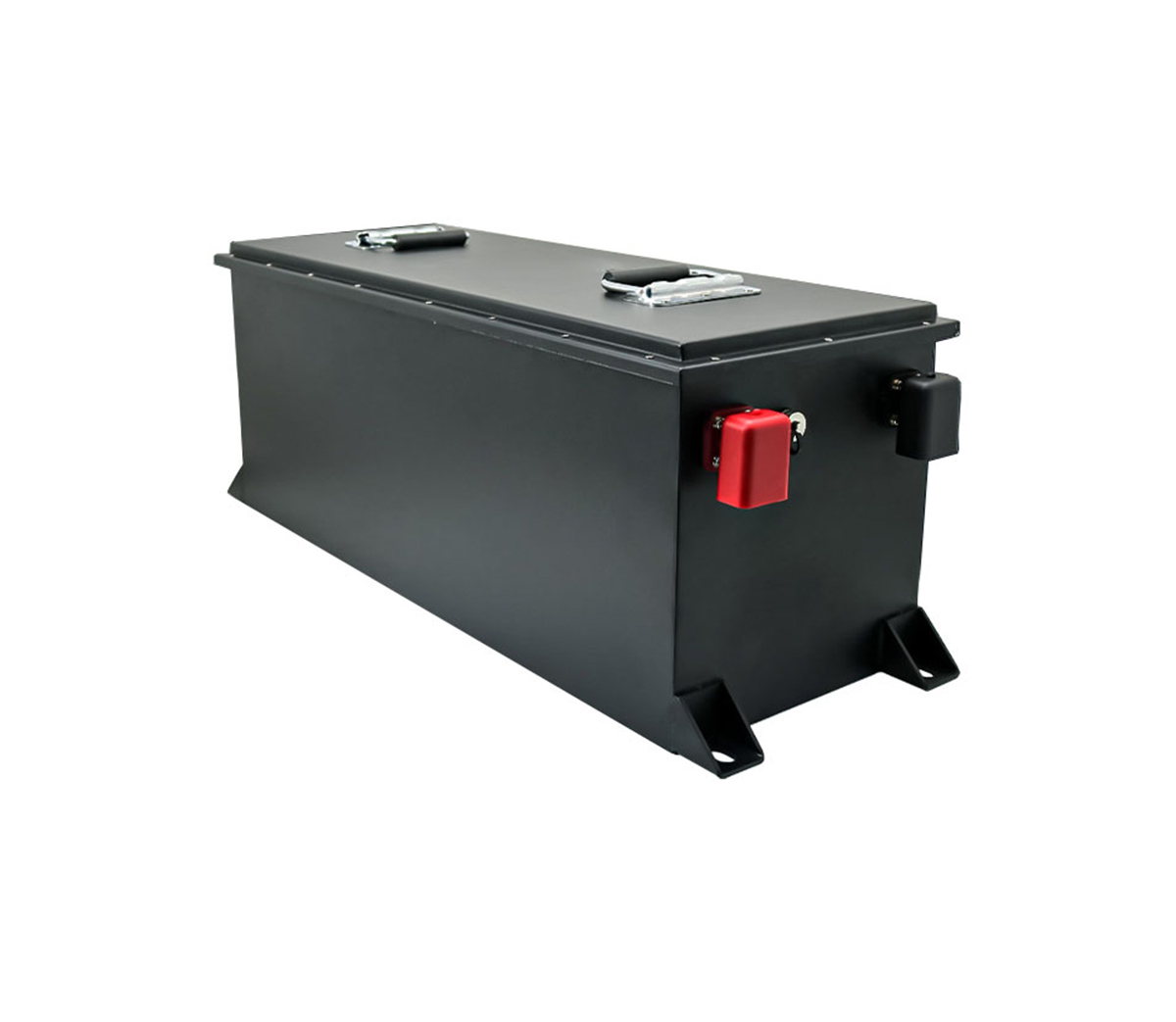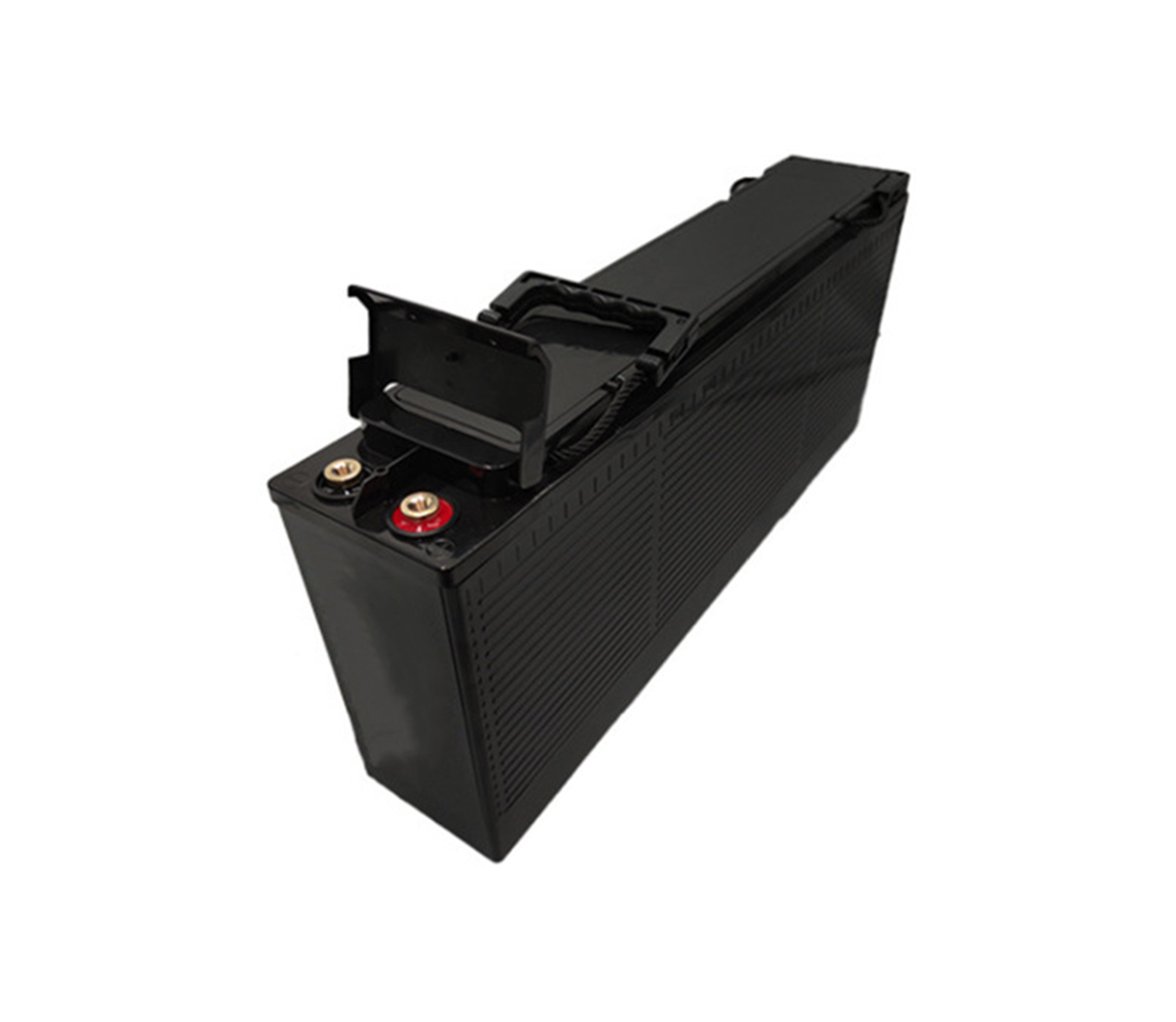How should lithium battery materials seek breakthroughs under the pressure
of new energy vehicle demand?
In the next five years, the average annual growth rate of the lithium-ion
battery market for new energy vehicles will be around 50%. The advancement of
lithium-ion battery technology mainly comes from the progress in the innovative
research and application of key battery materials. The development of new
materials will further improve battery performance, improve quality, reduce
costs, and improve safety.
In the next five years, the average annual growth rate of the lithium-ion
battery market for new energy vehicles will be around 50%. The advancement of
lithium-ion battery technology mainly comes from the progress in the innovative
research and application of key battery materials. The development of new
materials will further improve battery performance, improve quality, reduce
costs, and improve safety.
A few days ago, at the lithium battery material industry and technology
development forum, experts discussed the new development needs of new energy
vehicles for lithium batteries, how lithium battery separators, electrode
materials, and electrolytes can adapt to new development trends under the new
situation, and power lithium How does the battery material industry seize
investment opportunities? Experts and scholars from new energy vehicle
companies, research institutes, and industry associations brought an
audio-visual feast to the participants.
The power battery market grows by 50% annually, the future needs "four
highs and one drop"
Chen Keyu, deputy director of the energy storage department of Yajun New
Energy Automobile Technology Co., Ltd., pointed out that the power battery of
new energy vehicles faces high battery prices, long charging times, short
cruising range, poor environmental versatility, and short service life during
use. And other issues. Therefore, new energy vehicles put forward new
development requirements for lithium batteries: First, improve the consistency
of high temperature, low temperature, charging and discharging.
The second is to achieve high charging rate through battery design and
material improvement. The third is to increase energy density, which is mainly
achieved through ways such as based on the existing high-capacity material
system, optimizing electrode structure, and increasing active material loading;
applying new material systems and increasing battery operating voltage;
optimizing new material systems and using new battery structures. The fourth is
to improve safety, especially in extreme conditions. The fifth is to reduce
costs. Sixth, pay attention to the secondary recycling of batteries.
Liu Yanlong, secretary general of the China Chemical and Physical Power
Industry Association, said that in the next five years, the average annual
growth rate of the lithium-ion battery market for new energy vehicles will be
around 50%. The advancement of lithium-ion battery technology mainly comes from
the progress in the innovative research and application of key battery
materials. The development of new materials will further improve battery
performance, improve quality, reduce costs, and improve safety.
Liu Yanlong pointed out that the electrolyte and separator of lithium-ion
batteries have become more and more important for improving battery performance
and safety. Electrolyte additives and separator coatings are used to increase
voltage (increasing energy density), maintain life and ensure safety of
lithium-ion batteries. Important measures. In the field of battery electrolytes,
the focus should be on functional electrolytes. The choice of additives is the
focus of current electrolyte research and development.
Especially with new electrolyte systems (containing solvents, solutes and
additives), functional electrolytes suitable for high nickel NCM power batteries
(including additives), electrolytes suitable for energy storage batteries
(including additives), low-temperature electrolytes, high-temperature
electrolytes ( 150 degrees Celsius) focusing on flame-retardant
electrolytes.
Coated (or composite) diaphragm is the focus of the development of
diaphragm applications today. The use of a coating layer on the surface of the
diaphragm can improve the thermal stability of the diaphragm; The resistance is
reduced and the discharge power is increased; the third is that coating can
prevent or reduce the oxidation of the diaphragm, which is conducive to the
operation of the high-voltage anode and prolongs the cycle life of the
battery.
Substitution of imports will be a climax domestic film calls for domestic
materials
Sun Dongquan, deputy secretary general of the China Plastics Processing
Industry Association and secretary general of the Battery Separator Committee of
the China Plastics Association, pointed out that as the world's largest producer
of lithium batteries, China's demand for separators is increasing. In recent
years, the growth rate of domestic diaphragm market demand is generally lower
than that of domestic diaphragms, indicating that the market share of domestic
diaphragms has been rising, and the localization of diaphragms is the general
trend.
However, the current low-end lithium battery separator market in my country
has overcapacity, product prices continue to fall, and the billing period is
prolonged. However, new investment projects are still being launched
continuously, and disorderly competition is intensified. Although imports of
high-end products are shrinking, there is still a big gap between domestic
diaphragm companies and foreign leading companies. It is expected that the
localization substitution in the domestic high-end market will climax from 2017
to 2018. In 2019, in addition to a small amount of imports, more than 80% of the
diaphragms will be localized.
In terms of improving the performance of diaphragms, there are currently
three ideas: one is to add functional coatings on the basis of PP film and PE
film to meet special needs such as high temperature characteristics; the other
is to develop inorganic or organic materials blending PE and PP films ; The
third is to completely change the matrix material, such as the use of polyimide
and other materials to replace the traditional PP and PE materials.
Zeng Songjun, account manager of Sinopec Chemical Sales Co., Ltd. Central
China Branch, pointed out that China’s total annual demand for PP film materials
is about 3.6 million tons. Although the number of electrical films is small
compared with packaging films, it is not for a high-tech product. Very
impressive.
Many domestic companies have developed and produced low-end electrical film
raw materials. However, as downstream users’ requirements for batteries and
capacitors have become higher and higher, the demand for low-end products has
dropped to about 20%. For other reasons, the R&D and production of
polypropylene capacitor film materials have been gradually abandoned.


































